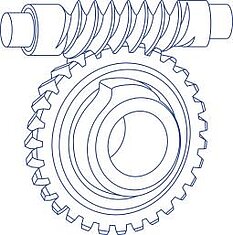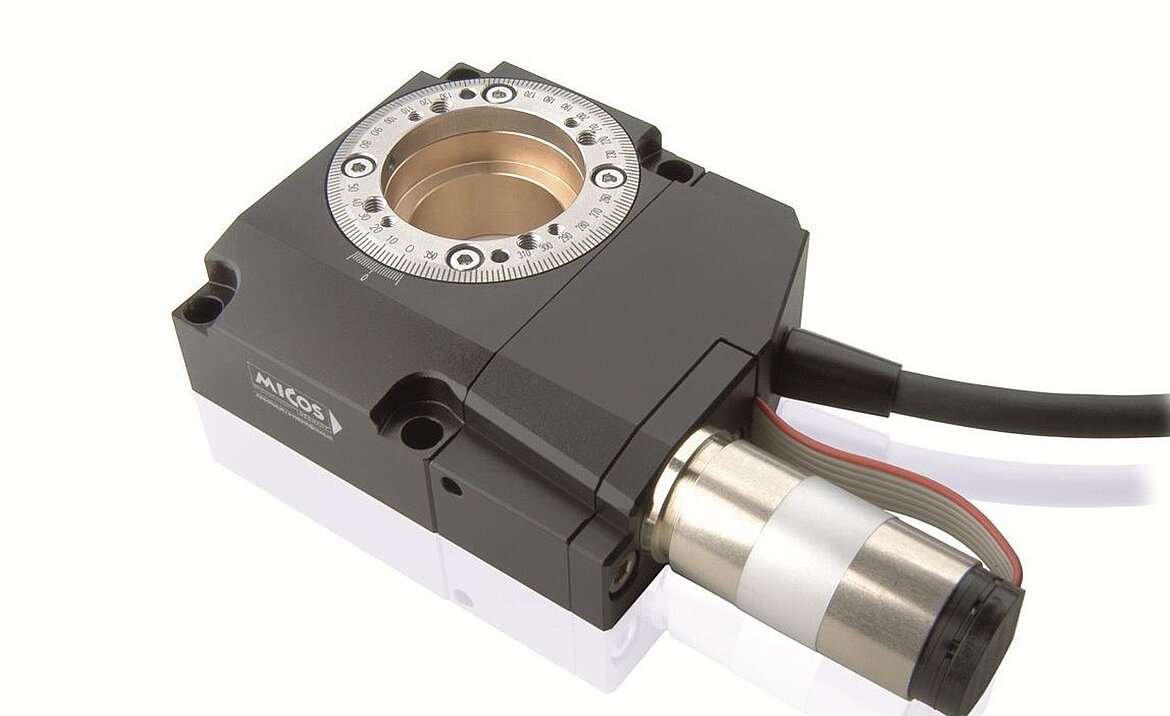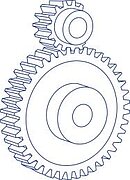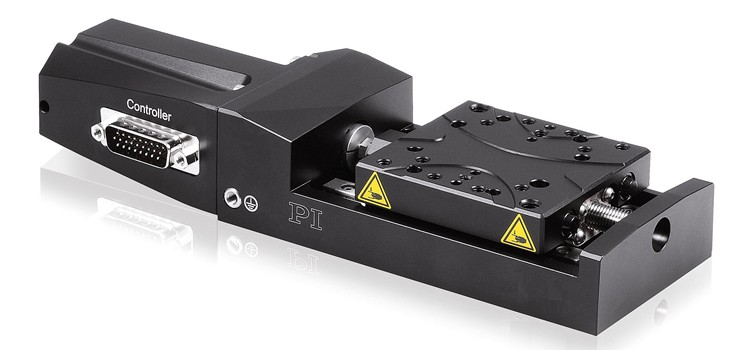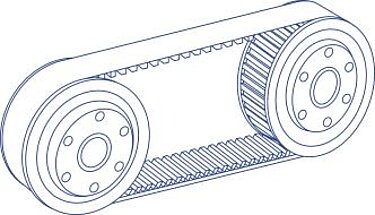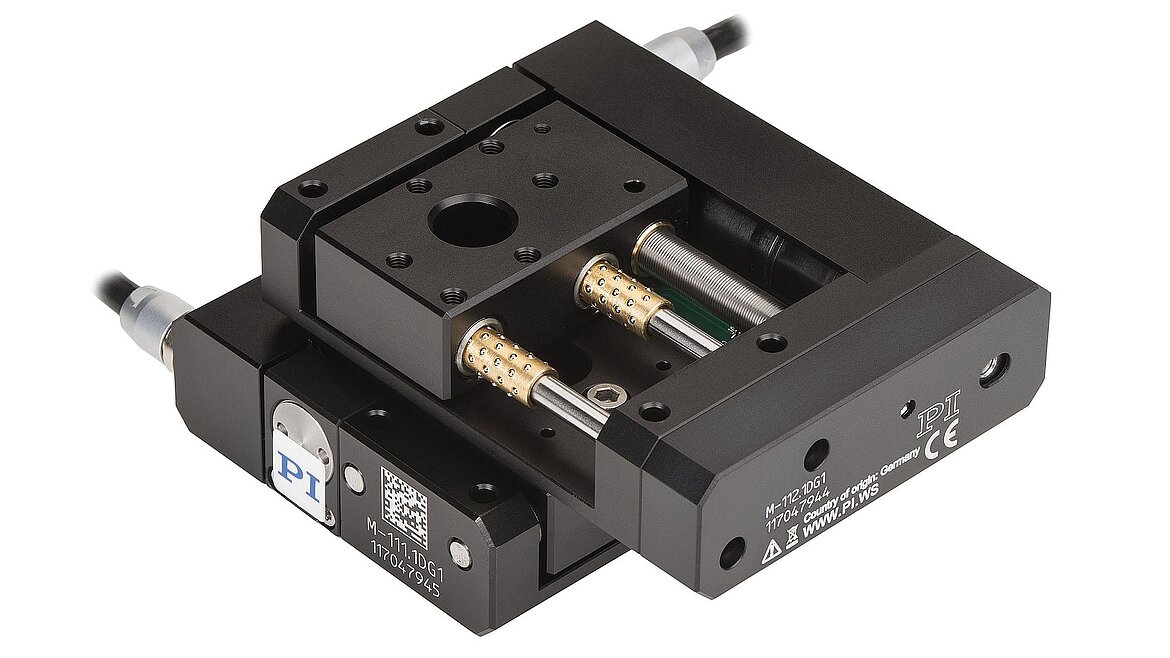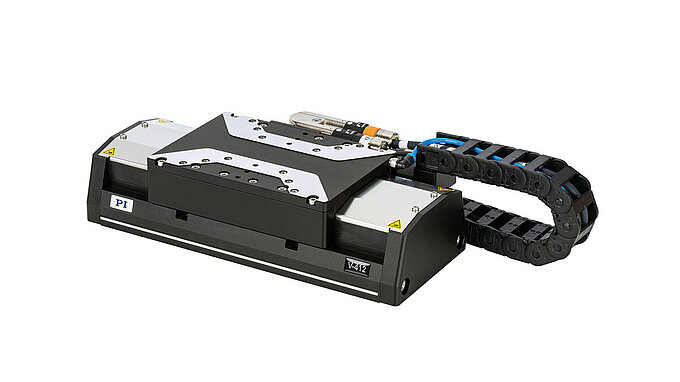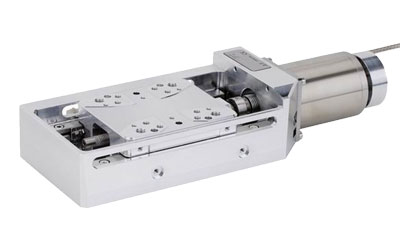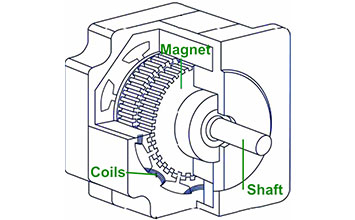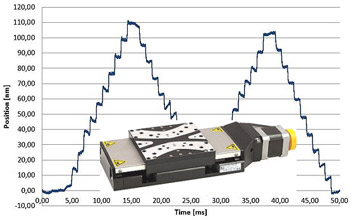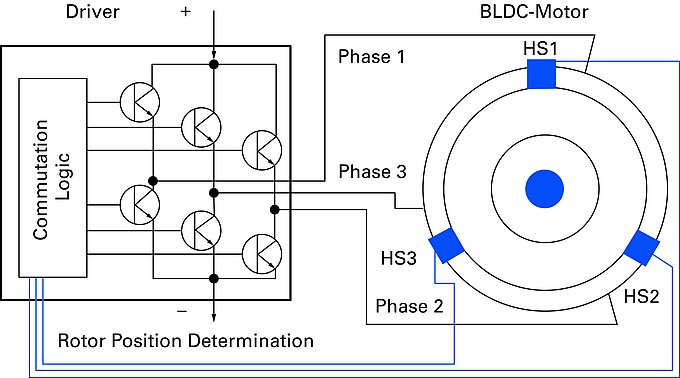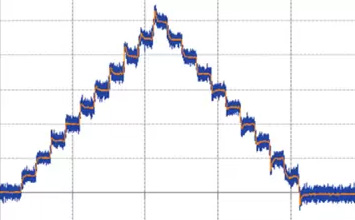Gear motors in precision positioning applications are used to provide higher torques and higher resolutions in a compact package and at reduced power requirements. Moreover, the right gearing can provide a self-braking capability to hold a position when the power is turned off, which can become a significant advantage in vertical positioning applications (piezo-electric motors provide self-locking capabilities without gears). However, the increased torque and friction comes at the expense of speed.
The braking momentum of the gears, along with the load reduction on the motor (which is leveraged with the square of the gear ratio), can help to improve closed-loop stability and robustness of the servo control loop (especially if the encoder is mounted on the motor shaft).
However, most gear-drives are not completely free of play and the additional friction reduces efficiency. For this reason, gear manufacturers often offer suitable lubrication to guarantee the expected lifetime. The lifetime is largely subject to input speed and output torque, as well as operation, ambient, and installation conditions. In customized solutions, the lifetime can be prolonged by self-lubricating bearings, ball or ceramic bearings, metal gearwheels, and special greases.
With screw-driven linear positioning stages, the gear ratio and the drive screw’s pitch both affect the maximum speed and torque requirements. To this effect, a motion platform can move twice as fast with 2 mm/rev drive screw compared to a 1 mm/rev screw (given that the motor produces enough torque required for the higher speed).
PI precision positioning systems employ various reduction gear types.
1.1 Worm Gears
Worm gears, as shown in Figure 1, consist of a shaft with helical mount and a worm wheel. The power is transferred by sliding friction at a right angle. For this reason, the worm shaft provides high self-locking forces, making additional brakes in some applications unnecessary. Sliding friction however, causes a relatively low degree of efficiency, high wear, and potentially high temperatures. Typically, worm gears can achieve high gear ratios with a single stage, which makes them comparatively inexpensive. Rotation stages are often equipped with worm gears because they transfer motion at right angles. In this way, the motor can be mounted laterally to the rotation stage.
1.2 Bevel Gears
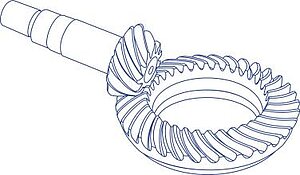
Bevel gears are well known from automotive applications, for example in rear differentials. A bevel gear set, as shown in Figure 2, consists of a bevel pinion and a toothed wheel with angled teeth. Similar to the worm gear, the energy is transferred at a right angle – but higher torque loads can be handled. The lower friction due to the rolling contact reduces wear and makes bevel gears more efficient than worm gears. However, they are often more expensive and high gear ratios can only be achieved with additional spur gear stages. PI uses bevel gears in customized rotation stages.
1.3 Spur Gears
Spur gears, as shown in Figure 3, consist of two parallel toothed wheels of different diameters. Thanks to their simple structure, spur gears are robust, easy to manufacture, and provide low friction. Play-free versions can be designed with an internal preload mechanism. They are available for high precision applications with low torque requirements. For PI's linear stages, spur gears are the standard choice for gear motors, next to planetary gears.
1.4 Planetary Gears
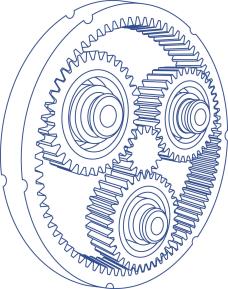
Figure 4 shows a planetary gear, which consists of a sun wheel connected to a shaft, and other planet wheels, which are located within a ring wheel. They are suitable for transferring the highest torque because the load is distributed via several toothed wheels. In this manner, high gear ratios can be realized in very compact spaces. Often, the input stage's toothed wheels are made of synthetic materials to reduce high speed noise. However, for applications in vacuum, high temperatures or for very high torques, the input stage is preferably made of steel.
1.5 Belt Gears / Synchronous Belts (Timing Belts)
Synchronous belts are often used in automotive and industrial applications where they replace chain drives. Belt gears, as shown in Figure 5, feature two toothed wheels connected by a belt. In this way, larger shaft distances can be bridged, as necessary with folded drive trains (motor and drive screw side-by-side instead of inline) to reduce the length of a positioning stage. Timing belt drives run smoothly and quietly and can transfer high torque loads. Maintenance tasks usually involve a belt change or tensioning of the belt. The belt can limit the temperature range and the occurring lateral forces on the motor and drive screw shafts have to be taken into account. Belts are suitable for vacuum applications up to 10-6 hPa.
1.6 Harmonic Drive Gears
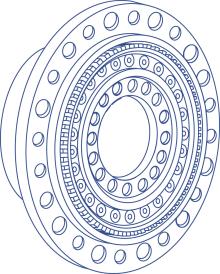
Harmonic drive gears, as shown in Figure 6, provide play-free operation and allow for high gear ratios, torque capacities, linear torsional stiffness, along with high degrees of efficiency. They are also compact and maintenance-free. The operating principle requires an elastic transmission element - an elliptical disc - that deforms a thin steel bushing with external teeth. The steel bushing is located on an outer ring with ball bearings and internal teeth. When deformation occurs, the internal and external teeth interlock play-free in the area of the larger elliptical axis. Additionally, harmonic drive gears are available with a central aperture; e.g., for cables, shafts, or laser beams. Due to their complex design, these gears are comparatively expensive. PI employs harmonic drive gears in customized positioning systems to achieve particularly high positioning accuracy and repeatability, thanks to the zero-play characteristic of these gears.
Blog Categories
- Aero-Space
- Air Bearing Stages, Components, Systems
- Astronomy
- Automation, Nano-Automation
- Beamline Instrumentation
- Bio-Medical
- Hexapods
- Imaging & Microscopy
- Laser Machining, Processing
- Linear Actuators
- Linear Motor, Positioning System
- Metrology
- Microscopy
- Motorized Precision Positioners
- Multi-Axis Motion
- Nanopositioning
- Photonics
- Piezo Actuators, Motors
- Piezo Mechanics
- Piezo Transducers / Sensors
- Precision Machining
- Semicon
- Software Tools
- UHV Positioning Stage
- Voice Coil Linear Actuator
- X-Ray Spectroscopy

